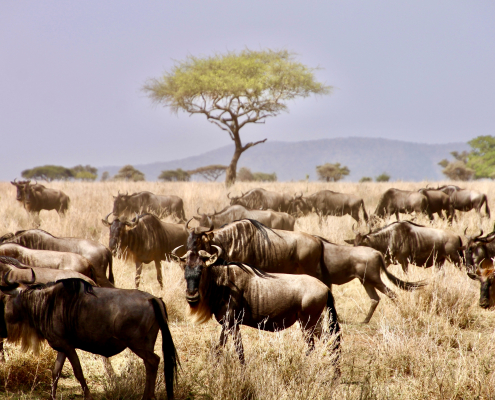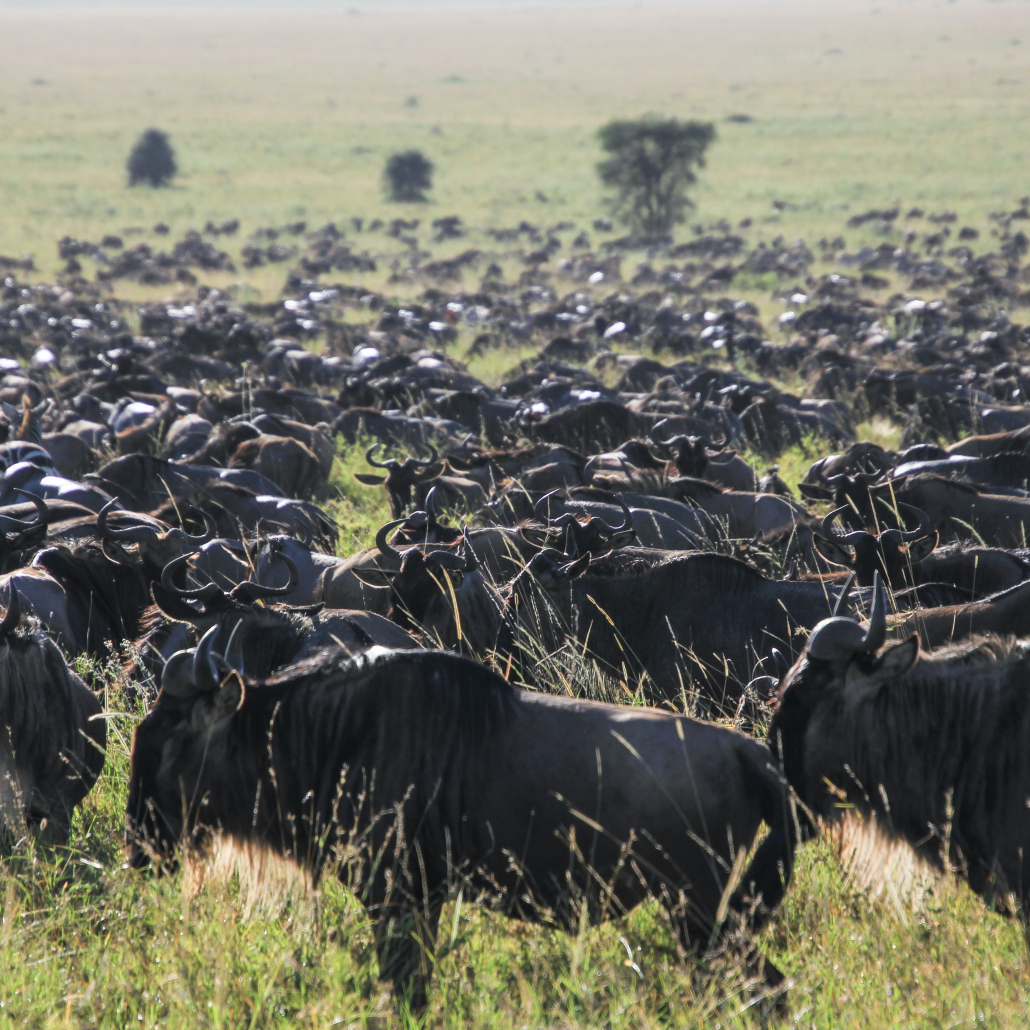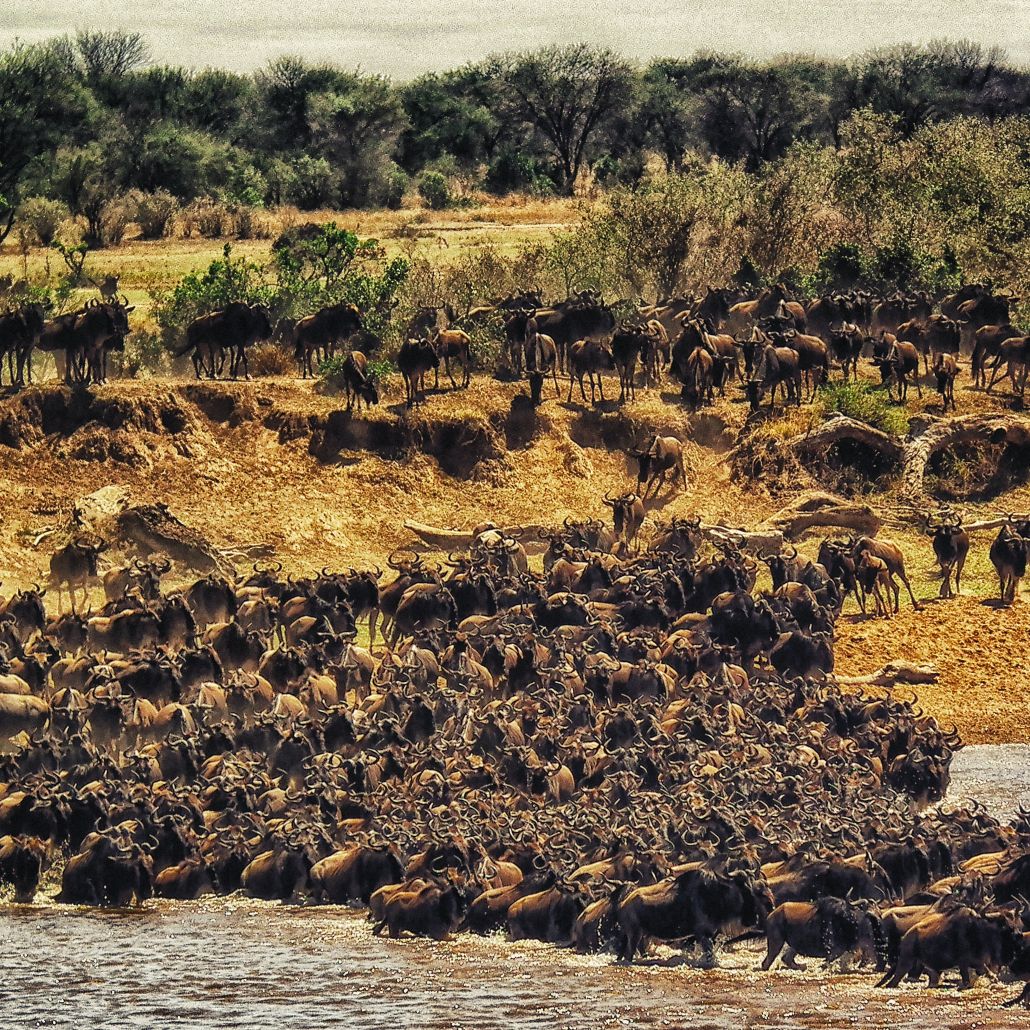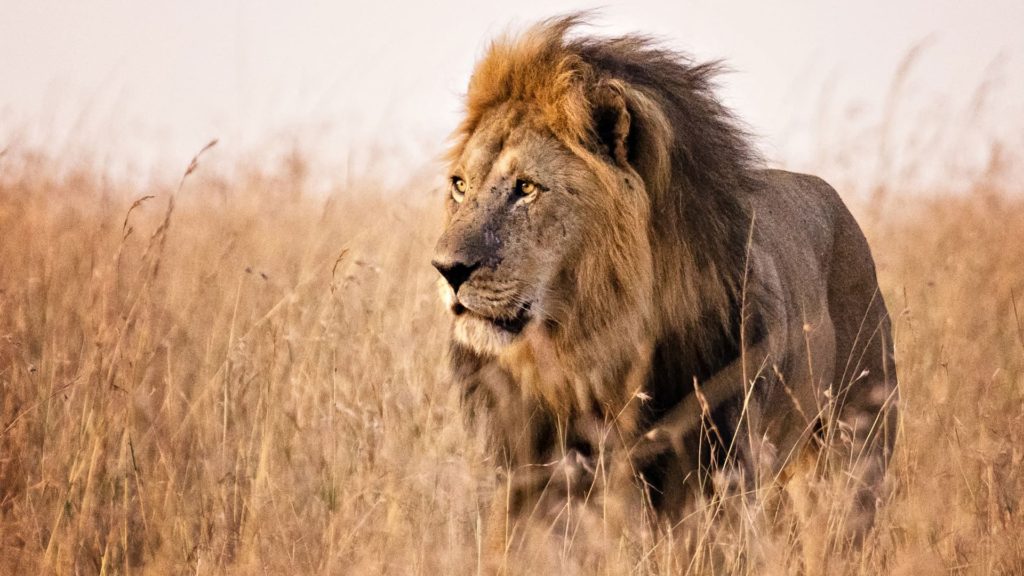After Ruaha National Park, Serengeti is Tanzania’s second largest national park. The recreation center is located about 320 kilometers northwest of Arusha, on a high plateau between the Ngorongoro highlands and the Kenya/Tanzania border, spanning nearly to Lake Victoria in the west. As you enter the southeastern fields of the recreation facility from Ngorongoro, you immediately encounter this immeasurability, aptly termed “infinite fields” by the Maasai populace.
There is a diverse scenery, including farmland, lakes, slopes, and kopjes (stone outcrops). The Serengeti’s most important game-drive areas are the Seronera Valley, the Western Corridor, and the Lobo, or northern Serengeti. The Seronera valley in the center Serengeti, which is loaded with long-lasting surface water, continually attracts a massive concentration of wild life. Lions, bison, impalas, hippos, waterbucks, elephants, cheetahs, and the panther are some of the common animals observed here. From December, when the winter rains begin, through May, the eastern Serengeti grasslands offer the best opportunities for game surveying, since a large number of transient species congregate here.
Thousands of wildebeest migrate southwest, north, or west in search of water and greener fields between May and July, when the dry season kicks in. During the dry months of August to November, when the majority of the game has moved south to the grasslands, the Lobo region remains abundant in natural life. This is also true for the Western Corridor, which leads to Lake Victoria, where the relocation usually takes place between June and July.










